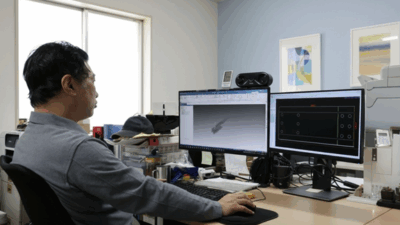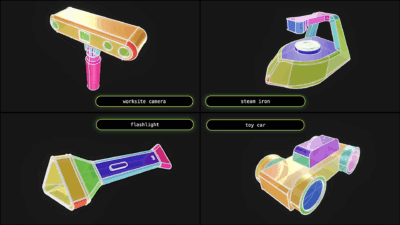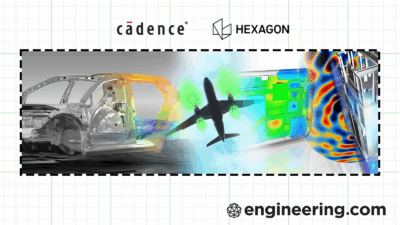Castra Machinebouw is developing agricultural tech for the egg industry with Solid Edge finesse.
Siemens has sponsored this post.
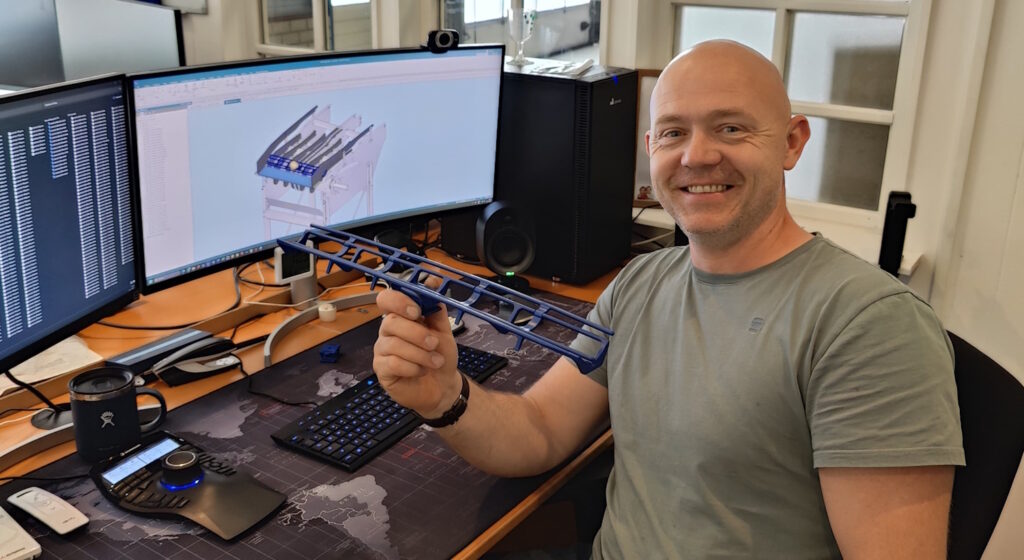
For decades, poultry farms have relied on a standard conveyor system developed a quarter-century ago and designed to handle significantly lower volumes than today’s massive production requirements. The expansion of industrial-scale egg farms has stretched these outdated conveyor systems beyond their capabilities, causing costly egg breakage as work is done to speed up these systems. Even seemingly minor breakage rates of 1-2% translate into thousands of Euros in annual losses for producers.

Engineer Heiny Van De Kamp recognized this inefficiency and economic drain, and took aim at designing a solution that could adapt seamlessly to current production scales. He established Castra Machinebouw in 2022 and leveraged his experience working with poultry farms to design an egg conveyor system that is not only efficient, but also safe for transporting eggs between facilities. Now, his startup has begun to revolutionize the egg-handling systems in the agricultural industry — an industry traditionally slow to adopt technological change.
Efficiency for Agriculture
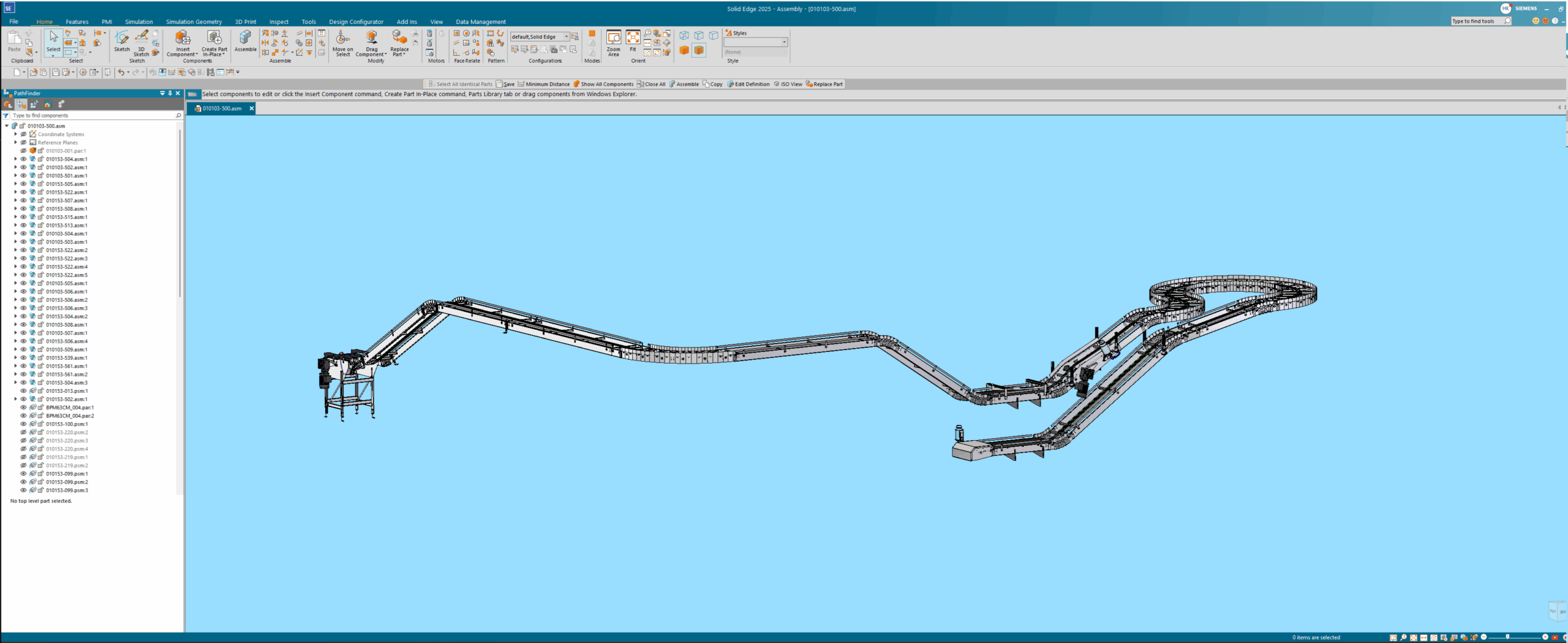
“The conveyor system has already been on the market for 20 or 25 years.” Van De Kamp explains. “The problem is that the world is scaling up. Farmers have built more houses. They have more chickens. They have more eggs to collect. The conveyor systems I helped put together are not sufficient anymore, but they are good for the eggs. Eggs are being cracked a lot less than with other systems, it’s just not efficient enough. So, I developed an egg carrier to streamline the system.”
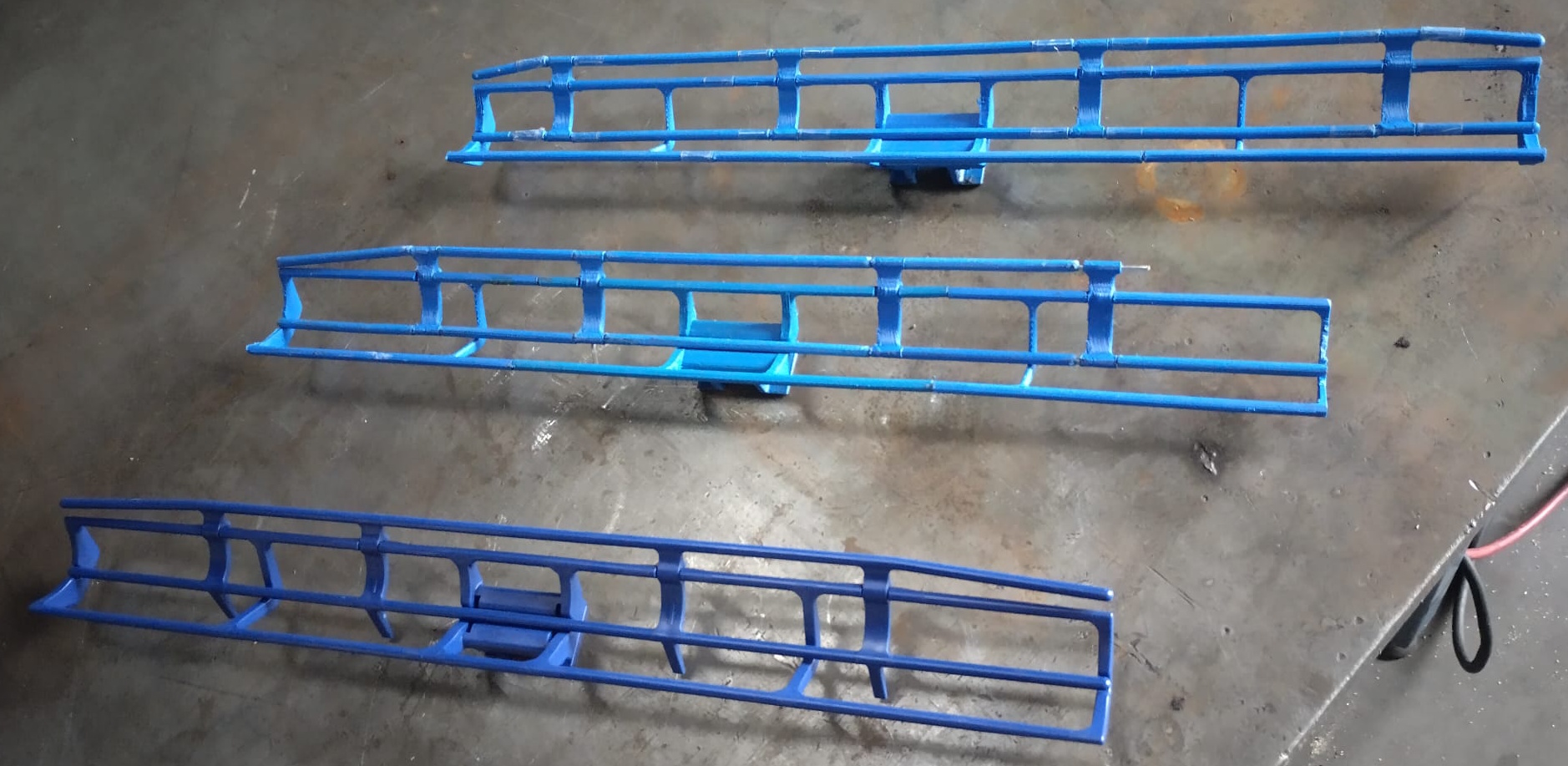
Castra Machinebouw’s revolutionary conveyor system replaces conventional fixed plastic fingers with uniquely designed injection-molded carriers. These new carriers lift eggs gently from beneath rather than exerting pressure from above, dramatically reducing breakage rates. Initial testing of this innovative design suggests substantial improvements in egg handling efficiency, translating directly into economic gains for businesses involved in poultry housing systems.
This groundbreaking solution wasn’t without its initial hurdles. Early prototypes employed 3D-printed PLA plastics which, despite their rapid production turnaround, introduced unanticipated friction. The rough surface texture required larger, more costly motors to operate effectively. Realizing this issue early on, Van De Kamp swiftly pivoted toward injection-molded plastics, smoothing out friction concerns and significantly reducing motor demands. This transition underscored the startup’s agility and commitment to practical engineering.
His design makes the depth of the carrier variable so that transfers to and from the conveyor are as “calm” as possible, but that doesn’t mean it can’t adjust. Specs include the ability to move 45,000 eggs per hour over 35-degree incline/decline angles, a modular design for configurability and intermediate drives for longer distances, all with a conveying width of just 0.5m.
“With my new egg-conveyor, I want to redefine the transport of eggs from poultry house to collecting room for the next 20 years,” Van De Kamp says.
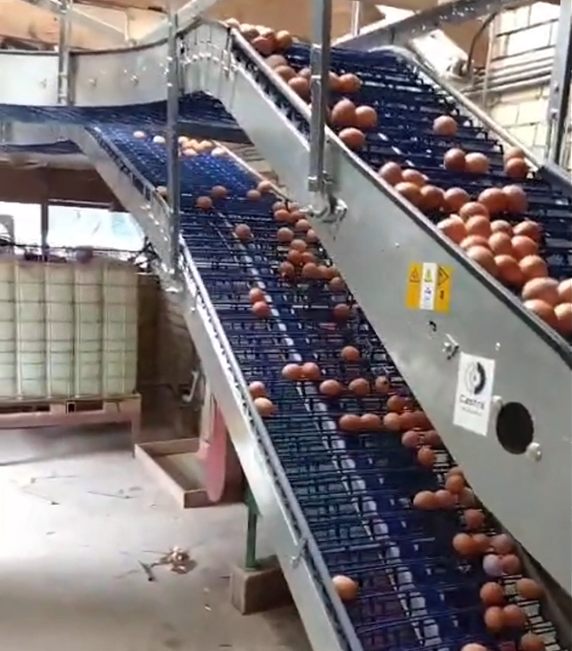
Watch the conveyor in action here.
From Concept to Chicken Coop with CAD
Central to Castra Machinebouw’s product development is the utilization of Siemens’ Solid Edge software, through involvement in the Solid Edge for Startups program. This relationship provides Castra Machinebouw with access to the design tools necessary for rapid prototyping and iterative development. Solid Edge’s suite of CAD tools, particularly the sheet-metal features and Synchronous Technology, empowered Van De Kamp to swiftly navigate complex design tasks, vastly reducing turnaround times compared to more cumbersome CAD alternatives.
“I started with Solid Edge and what I learned is that from the beginning, 25 or even 30 years ago, back when it was still Unigraphic Solutions, Solid Edge was the best tool for sheet metal,” he explains.
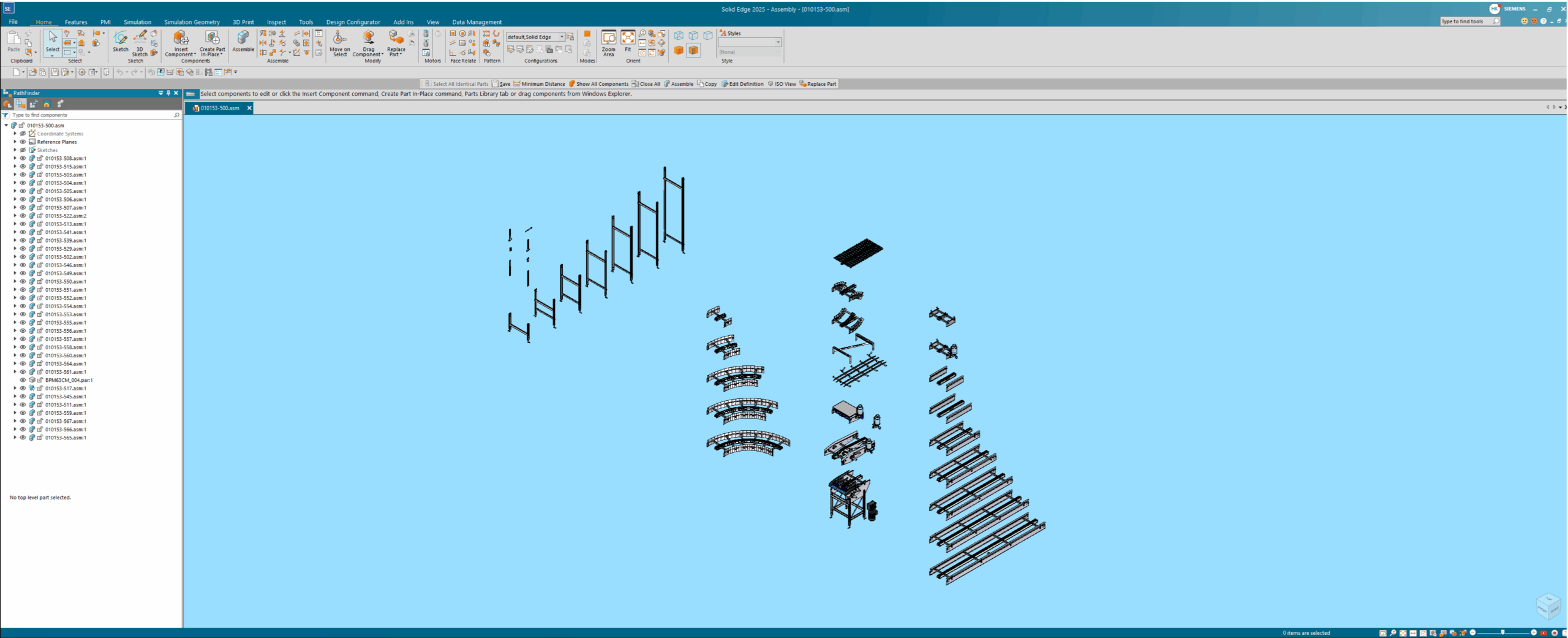
The efficiency gains from Solid Edge are not merely theoretical. Complex engineering procedures, such as inserting components or adjusting design configurations, are simplified for Van De Kamp, requiring fewer steps and in the end becoming more efficient.
“I get questions from [other CAD] users. They’ll say, ‘I have a shape, and I need to make it, but I cannot get a flat pattern. Please help me.’ Or [users of a different CAD will say] it just keeps on crashing. There are really a lot of people using different systems, and that gives an indication that those systems are not bad systems, but for me it’s Solid Edge. First of all, because I grew up with it. That’s how I learned CAD. Solid Edge was always a little bit of the underdog, and I always liked the underdog.”
Van de Kamp also credits Enginia with providing assistance, both in helping Castra Machinebouw to initially gain access to Solid Edge software through the Solid Edge for Startups program, as well as providing long term support as Van De Kamp grew his designs and his business.
Egg Conveyors and Beyond
Beyond the core conveyor project, Castra Machinebouw harnesses Solid Edge’s versatility across multiple diverse initiatives. The company’s capabilities extend into highly specialized engineering solutions, such as designing an RF-based sausage-cooking system that drastically reduces processing times and energy consumption, or bespoke sheet-metal projects spanning marine vessels to innovative waste-upcycling equipment.
“Sheet metal is essential in my line of work, and Solid Edge is really strong on that point,” Van De Kamp says. Solid Edge’s unified environment is instrumental, allowing simultaneous management of these varied and complex projects without compromising efficiency or quality.
“Let’s say I have an assembly over here and I want to place a bolt or any part. One, two clicks and it’s done. It’s attached. In [other CAD programs], you insert a part in an assembly, then you need to choose the assemble mode, then you must assemble the thing. This takes me twice as many clicks than if I were to do the same process in Solid Edge. In the end, a CAD package might be less expensive, but it costs more because of all the additional hours a worker needs to build an assembly.”
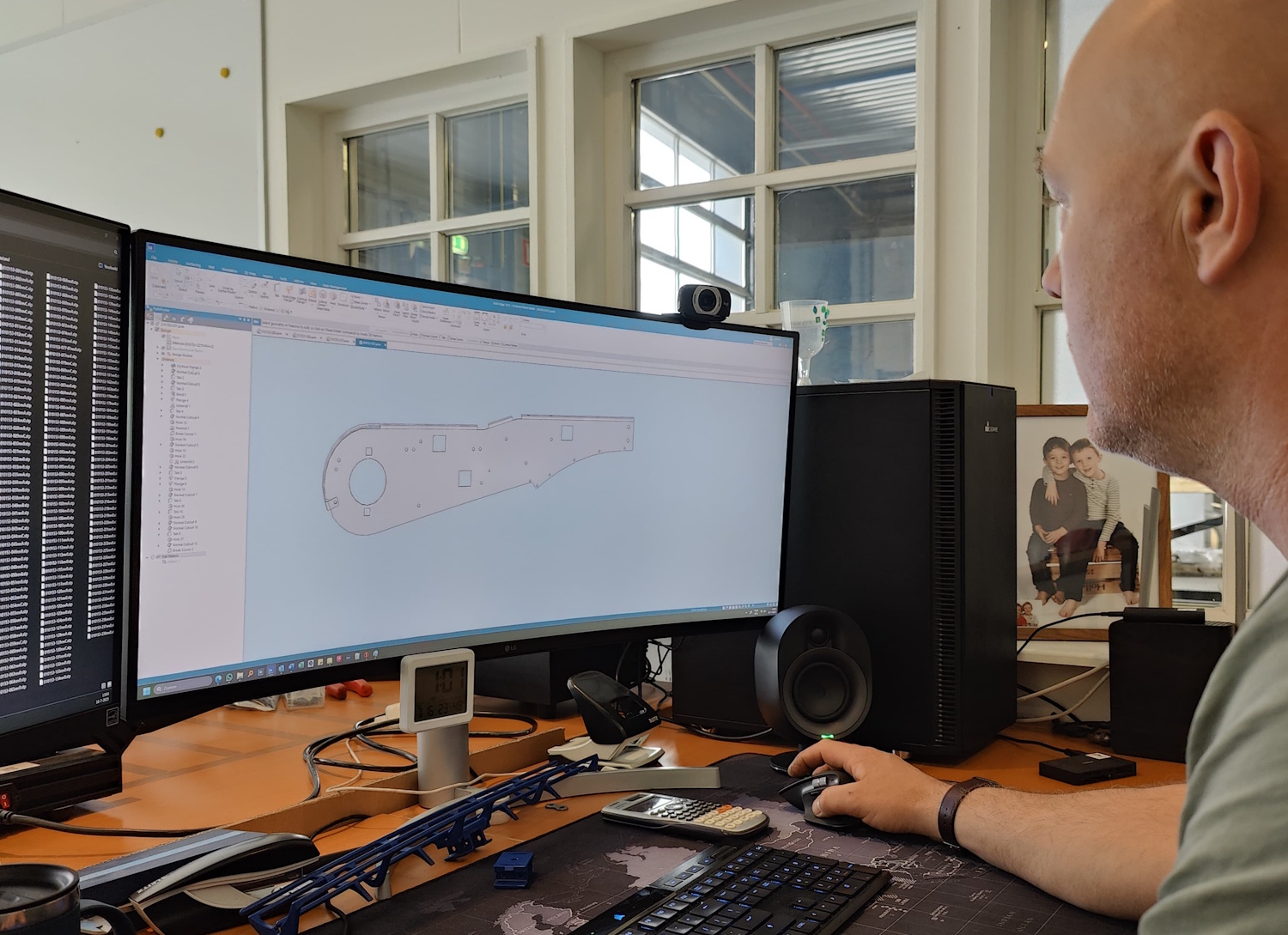
Looking forward, Castra’s ambitions extend well beyond initial market entry. Van De Kamp envisions a future in which the company transitions from a lean startup to a vertically integrated manufacturing powerhouse. Plans include acquiring dedicated sheet-metal fabrication facilities and potentially expanding operational staffing significantly, anticipating robust industry demand once the full market potential of their conveyor system is realized.
“I have teamed up with a sheet metal worker who has the capacity for large runs, and I have teamed up with an injection mold company, who has the experience, the know-how and the people to scale up. So, everything is set to scale up,” Van De Kamp explains.
Castra Machinebouw is preparing for full-scale testing with industry-leading players in the egg industry. Successful field results mirroring laboratory benchmarks could rapidly accelerate industry adoption of the conveyor technology. The company’s early efforts indicate promising outcomes, potentially setting new industry standards in egg handling.
As Castra Machinebouw continues its journey, Solid Edge will undoubtedly remain integral to its ongoing success. The software platform not only supports Van De Kamp’s immediate engineering demands, but also provides scalability for future expansion. This strategic digital backbone ensures the company can continue innovating at pace, remaining agile and responsive. By proactively addressing an overlooked but financially critical inefficiency, the company not only enhances productivity, but also fundamentally reshapes industry standards.
Visit Siemens to learn more about the Solid Edge Startup program.
